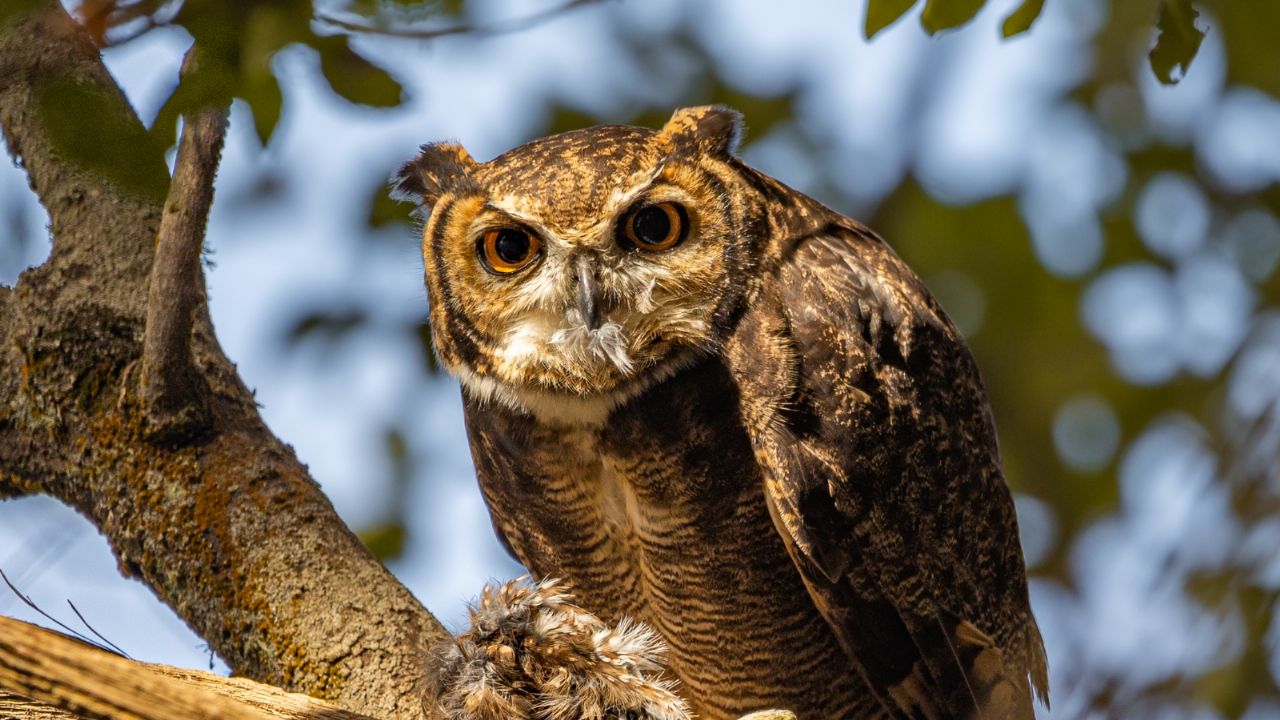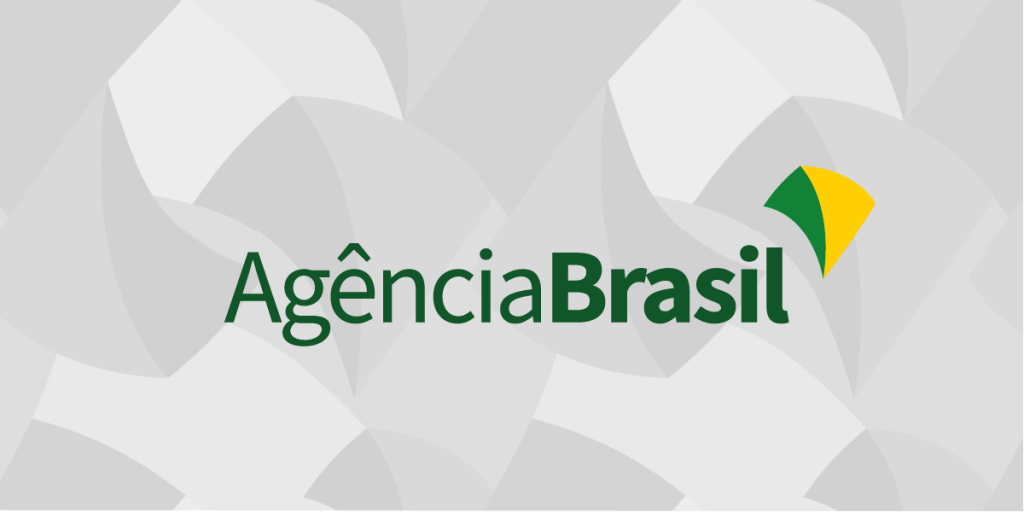The Tricao Park It is a natural space of more than 100 hectares, located in the dry coastal area of the Valparaiso Region, which is home to hundreds of species of native flora and fauna. Currently, visitors can observe various native species in the wild thanks to the important work of restoring the natural habitat.
Recently, the park’s photographer, Josefina Rodríguez, managed to capture an image that has impressed bird experts and fans: it is a Great Horned Owl (Bubo Magellanicus), the largest species in Chile, preying on a Chuncho (Glaucidium Nana ), the smallest in the country. Both species are nocturnal birds of prey and are part of the seven owls that inhabit our territory.
“It is important to note that this is common in the diet of the tucúquere, which also feeds on rodents, small mammals and insects, among others. However, it is one of the few photographs in Chile that particularly show the predation of a chuncho, if not the only one. Without a doubt, it is an impressive record,” says the leader of the Parque Tricao Foundation veterinary team, Jacinta Larraín.
The tucúqueres are nocturnal and territorial birds that inhabit from Arica to Tierra del Fuego. They can be found in arid areas of the Atacama desert, mainly in ravines; in coastal areas; in open forests and in the steppes of the south of the country, even reaching Cape Horn, adapting to the harsh Patagonian winter.
According to the executive director of the Bird of Prey Rehabilitation Center and member of the Union of Ornithologists of Chile, Mauricio Del Valle, “this type of record is of great help and contributes to the natural history of the species in Chile. There are similar intraspecific and conspecific predation situations, but they have not been properly documented or do not have photographic records. These photos are usually very unusual, but not the predation behavior that is common in nature.
On the other hand, the chuncho is the smallest owl of all, and in Chile there are two species of the genus Glaucidium. “One lives exclusively in the northern zone, between Arica and Tarapacá, occupying a great variety of ecosystems, and we also have the Austral species that inhabits from Huasco to Tierra del Fuego, it is even present on Navarino Island,” explains the expert.
Despite being considered a nocturnal bird of prey, it has diurnal habits. Its small size, silent flight and mimetic plumage make it go unnoticed in the branches of trees. It is usually aggressive and ferocious with its prey, hunting even larger animals.
Record Relevance
Knowing in detail the diet of a wild animal allows you to contribute to its conservation. In this way, we can learn about their routine and trophic niche, that is, the role that the species plays in the community.
“For us, as a wildlife guard team, this photograph is a great contribution, since it allows us to know the habits and diet of a specimen that lives in Parque Tricao or its surroundings, which is essential for the conservation efforts we carry out” , emphasizes Jacinta Larraín.
Along these lines, it is important to understand that birds of prey play a fundamental ecological role in ecosystems, since they are great biological controllers of exotic or harmful species that are considered pests.
Regarding the diets of both species, Mauricio del Valle points out that “two species cannot have the same trophic niche, a situation that could have triggered the depredation of the chuncho by the tucúquere as it is seen as competition. Although most raptors avoid competition, using different hunting times and places or not consuming the same type of prey, despite the difference in size between both owls there is a great similarity in their diet.

Tricao Park, a full day tour
This place, located in the commune of Santo Domingo, is managed by Fundación Parque Tricao -non-profit-, which was born with the aim of promoting the creation of spaces for biodiversity, sports and culture in the open air, to educate and entertain.
Within its facilities it has trekking trails, circuits for bicycles, kayaks, a wetland, viewpoints, picnic areas and a free flight aviary. Since its opening in 2019, it has become a full-day educational panorama for the family, where adults and children can learn and enjoy a natural environment, surrounded by native flora and fauna.
“Many of our visitors come to observe, spot and photograph birds in the wild. We have received many comments that in Parque Tricao you can see an impressive variety of avifauna, which draws a lot of attention. Achieving this type of registration responds to the important restoration and protection work in the area”, concludes the manager of Operations and Services of Parque Tricao, Rodrigo Jara.
Parque Tricao is open from Thursday to Sunday and holidays from 9:00 a.m. to 6:00 p.m. Tickets are purchased exclusively through the website https://www.tricao.cl/

















